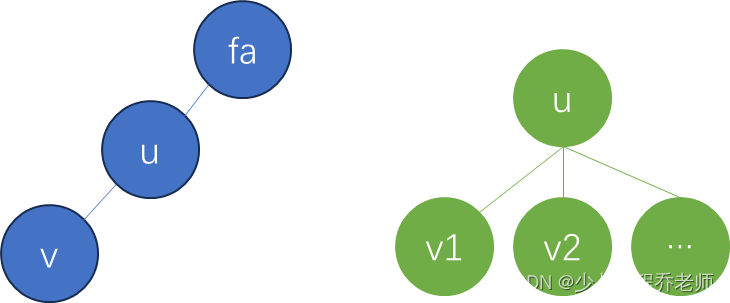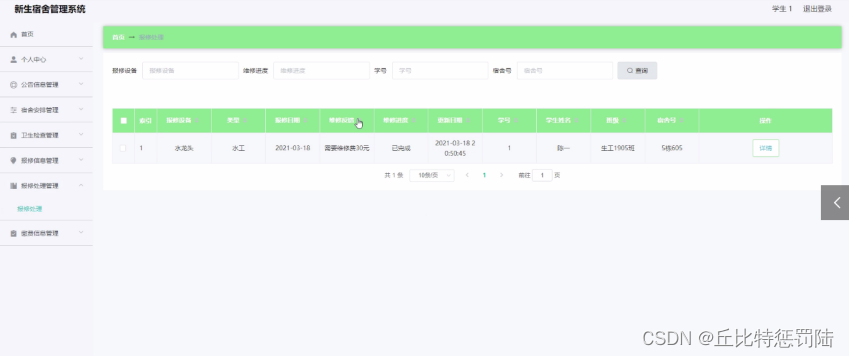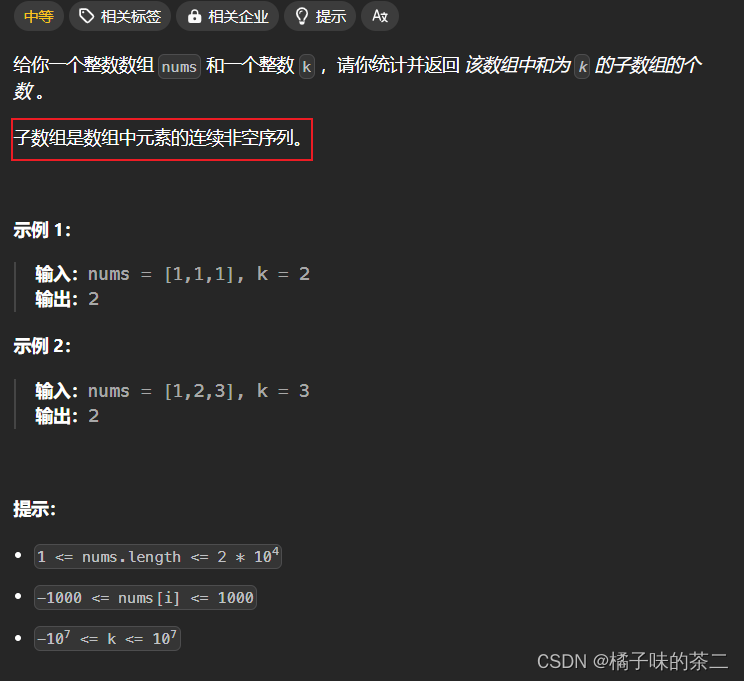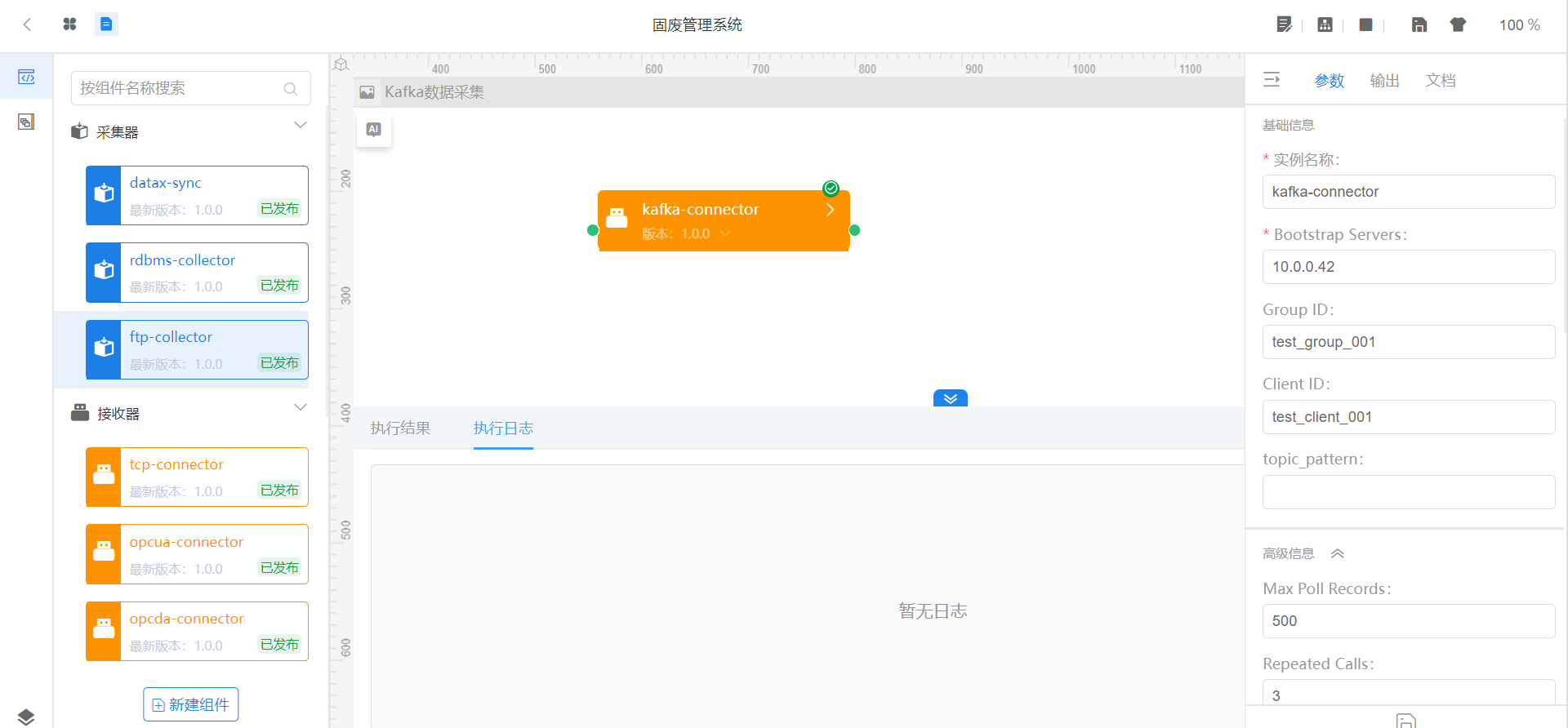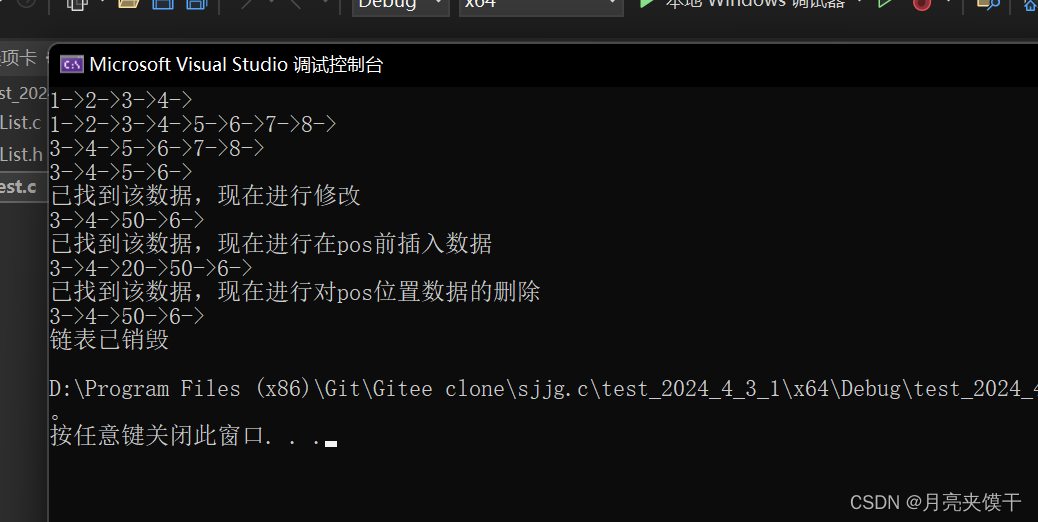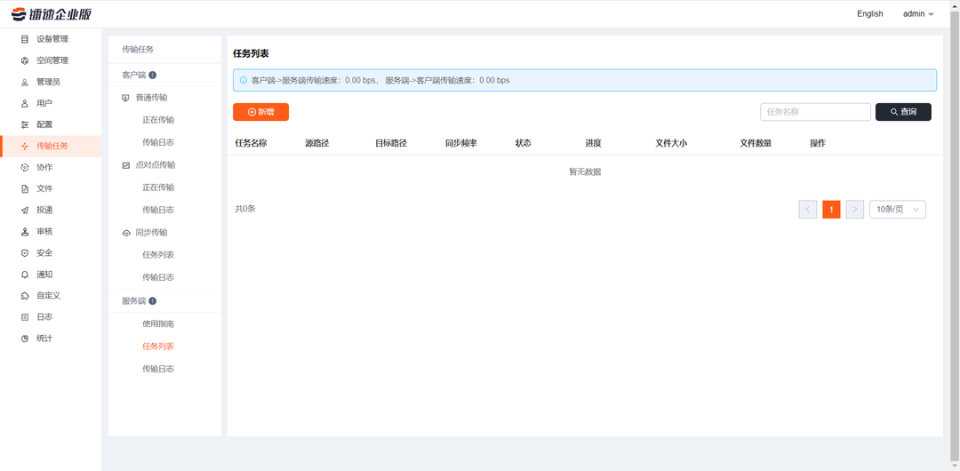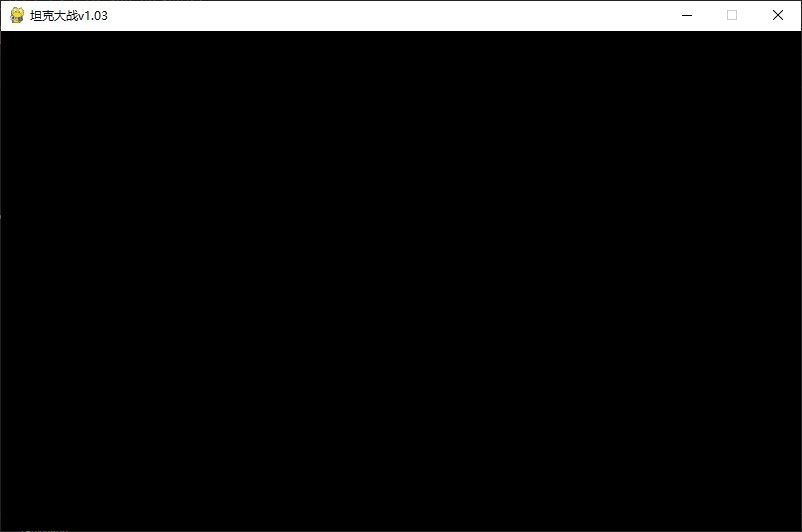目录
一,背景
1.1 C语言处理错误的方式
1.2 C++异常概念
二,异常的使用
2.1 异常的简单使用
2.2 异常的匹配原则
2.3 异常抛对象
2.4 异常的重新抛出
2.5 异常安全
三,自定义异常体系
四,异常优缺点
4.1 优点
4.2 缺点
一,背景
1.1 C语言处理错误的方式
在C语言中处理错误的基本方式有两种:
①终止程序:如assert,如果不符合要求直接终止程序
缺陷,用户难以接收,如发生内存错误,除0错误时会直接中断程序,代价太大
②返回错误码:如很多库的接口函数都是通过把错误码放到全局变量errno中,表示错误
缺陷:返回的只有一个错误码,程序员很难甚至无法得知具体的错误信息。
1.2 C++异常概念
异常是一种处理错误的方式,当一个函数发现自己无法处理的错误时就可以抛出异常,让函数的直接或间接地调用者处理这个错误。主要包括下面三个关键字:
①throw:当问题出现时,通过这个关键字“抛出”具体地错误信息
②catch:通过catch关键字捕获throw抛出地异常信息,通过一个字符串或类接收,然后根据信息针对处理
③try:try和catch配套使用,throw在try中使用,try后面一般跟着一个或多个catch捕获
二,异常的使用
2.1 异常的简单使用
//throw:当问题出现时,程序会抛出一个异常
//catch:捕获异常
//try:包含多个catch
double Division1(int a, int b)
{
// 当b == 0时抛出异常
if (b == 0)
throw "Division by zero condition!";
else
return ((double)a / (double)b);
}
void Func1()
{
//如果Func里面也有捕获,出异常的时候如果Func里有和throw抛出内容类型一样的就跳到Func里的,如果没有匹配类型,就继续往下找直到跳到匹配类型的catch
try
{
int len, time;
cin >> len >> time;
cout << Division1(len, time) << endl;
}
catch (int errid)
{
cout << errid << endl;
}
cout << "Func1() end" << endl;
}
void main()
{
while (1)
{
try
{
Func1();
}
//没有异常的时候直接跳过catch
catch (const char* errmsg)
{
//如果throw了,直接跳到离throw位置最近的catch
cout << errmsg << endl;
}
允许多个catch,对于throw的不同类型匹配不同的catch,但是多个catch不允许有相同传参类型的catch
catch (int errid)
{
cout << errid << endl;
}
catch (char errmsg)
{
cout << errmsg << endl;
}
//如果throw的内容没有匹配类型的catch,会直接报错,直接终止程序
catch (...) //捕获任意类型的异常 -- 防止出现未捕获异常时直接报错,程序终止
{
cout << "未知异常" << endl;
}
}
}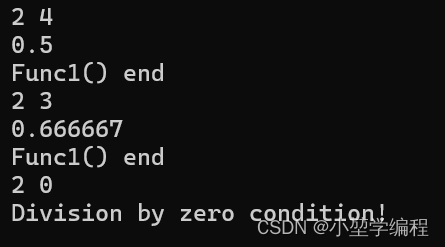
2.2 异常的匹配原则
异常的抛出和匹配原则:
①异常是通过抛出对象而引发的,该对象的类型决定了应该激活哪个catch的处理代码
②被选中的处理代码是调用链中与该对象类型皮皮额且离throw位置最近的那一个
③抛出异常对象后,会生成一个异常对象的拷贝,因为抛出的对象可能是一个临时对象,所以会生成一个拷贝对象,这个拷贝的临时对象会在被catch以后销毁。(类似函数传值返回)
④catch(...)可以捕获任意类型的异常,但缺点是无法知道错误类型
⑤在实际抛出和捕获的匹配原则中有个例外,可以抛出派生类对象,使用基类捕获,这个很实用,后面讲
在函数调用链中异常栈匹配原则:
①首先检查throw本身是不是在try内部,如果是再查找匹配的catch语句,如果有匹配的,调到catch的地方进行处理,之后继续沿着catch子句后面继续执行
②如果没有匹配的catch则退出当前函数栈,继续再调用函数的栈中查找匹配的catch
③如果到达了main函数的栈依旧没有匹配的,则终止程序。所以实际中我们最后都要加一个catch(...)捕获任意类型的异常
2.3 异常抛对象
class Exception
{
public:
Exception(const string& errmsg, int id)
:_errmsg(errmsg)
, _errid(id)
{}
virtual string what() const
{
return _errmsg;
}
int GetErrid()
{
return _errid;
}
int getid()const
{
return _errid;
}
protected:
string _errmsg;
int _errid;
};
double Division2(int a, int b)
{
//当b == 0时抛出异常
if (b == 0)
{
/*Exception e("除0错误", a);
throw e;*/
throw Exception("除0错误", a);
}
else
{
return ((double)a / (double)b);
}
}
void Func2()
{
int len, time;
cin >> len >> time;
cout << Division2(len, time) << endl;
}
//1,抛异常可以抛任意类型对象
//2,捕获时,要求类型匹配
void main2()
{
while (1)
{
try
{
Func2();
}
catch (const Exception& e)
{
cout << e.what() << endl;
}
catch (...) // 捕获任意类型的异常 -- 防止出现未捕获异常时,程序终止
{
cout << "未知异常" << endl;
}
}
}
2.4 异常的重新抛出
有时候抛异常了,但是不是只要有异常了就报错,比如我们发送消息的时候,第一次发送失败不是直接就报错,而是再多发几次,多发几次都失败后才报错,如下代码:
void SeedMsg(const string& s)
{
// 要求出现网络错误重试三次
srand(time(0));
if (rand() % 3 == 0) //模拟服务出错,偶然情况下满足这个if,达到模拟错误的效果
{
throw HttpServerException("网络错误", 100, "get");
}
else if (rand() % 4 == 0)
{
throw HttpServerException("权限不足", 101, "post");
}
cout << "发送成功:" << s << endl;
}
void HttpServer1()
{
// 要求出现网络错误,重试3次
string str = "今晚一起看电影怎么样?";
int n = 3;
while (n--)
{
try
{
SeedMsg(str);
// 没有发生异常,跳出循环
break;
}
catch (const Exception& e)
{
// 网络错误 && 重试3次内
if (e.getid() == 100 && n > 0)
{
continue;//这是网络错误后继续调SeedMsg,然后继续网络错误重试
}
else
{
throw e; // 超过三次网络错误直接,重新抛出
}
}
}
}
void main()
{
while (1)
{
//this_thread::sleep_for(chrono::seconds(1));
Sleep(1000);
try
{
HttpServer();
}
catch (const Exception& e) // 这里捕获父类对象就可以
{
// 多态
cout << e.what() << endl;
// 记录日志
}
catch (...)
{
cout << "Unkown Exception" << endl;
}
}
}
2.5 异常安全
①最好不要在构造函数中抛出异常,否则可能导致对象不完整或没有初始化完成
②最好不要在析构函数内抛出异常,否则可能导致资源泄漏
③C++中异常经常会导致资源泄漏问题,比如在new和delete中抛出了异常,导致内存泄漏,或者在lock和unlock抛异常导致死锁,C++经常使用RAII来解决上面的问题,关于RAII我们到智能指针进行讲解
double Division(int a, int b)
{
// 当b == 0时抛出异常
if (b == 0)
{
throw "Division by zero condition!";
}
return (double)a / (double)b;
}
void Func3()
{
// 这里可以看到如果发生除0错误抛出异常,另外下面的array没有得到释放。
// 所以这里捕获异常后并不处理异常,异常还是交给外面处理,这里捕获了再
// 重新抛出去。
// 隐患,第一个成功,第二个失败
//可以解决,但是很麻烦,这样的问题一般是用智能指针解决
int* array1 = new int[10];
int* array2 = new int[10];
int len, time;
cin >> len >> time;
try
{
cout << Division(len, time) << endl;
}
catch (...)
{
cout << "delete []" << array1 << endl;
delete[] array1;
cout << "delete []" << array1 << endl;
delete[] array2;
throw; // 捕获什么抛出什么
}
cout << "delete []" << array1 << endl;
delete[] array1;
cout << "delete []" << array2 << endl;
delete[] array2;
}
void main5()
{
try
{
Func3();
}
catch (const char* errmsg)
{
cout << errmsg << endl;
}
}三,自定义异常体系
C++库给我们提供了一系列标准的异常,定义在std::exception中。在实际中我们可以去继承exception类实现自己的异常类。但是实际上很多公司有一套属于自己的异常继承体系,因为C++标准库给的并不好用。
很多公司都会自定义自己的异常体系进行规范的异常管理,因为一个项目中如果大家都随意抛异常,那么外层的调用者基本没法玩了。
下面就是简单模拟服务器开发中的异常体系:
class Exception
{
public:
Exception(const string& errmsg, int id)
:_errmsg(errmsg)
, _errid(id)
{}
virtual string what() const
{
return _errmsg;
}
int GetErrid()
{
return _errid;
}
int getid()const
{
return _errid;
}
protected:
string _errmsg;
int _errid;
};
class SqlException : public Exception //数据库的错误
{
public:
SqlException(const string& errmsg, int id, const string& sql)
:Exception(errmsg, id) //必须要调用父类的构造函数来初始化父类
, _sql(sql)
{}
virtual string what() const
{
string str = "SqlException:";
str += _errmsg;
str += "->";
str += _sql;
return str;
}
protected:
const string _sql;
};
class CacheException : public Exception//缓存区的错误
{
public:
CacheException(const string& errmsg, int id)
:Exception(errmsg, id)
{}
virtual string what() const
{
string str = "CacheException:";
str += _errmsg;
return str;
}
protected:
//stack<string> _stPath;
};
class HttpServerException : public Exception//网络服务错误
{
public:
HttpServerException(const string& errmsg, int id, const string& type)
:Exception(errmsg, id)
, _type(type)
{}
virtual string what() const
{
string str = "HttpServerException:";
str += _type;
str += ":";
str += _errmsg;
return str;
}
private:
const string _type;
};
void SQLMgr()//数据库
{
srand(time(0));
if (rand() % 7 == 0)
{
throw SqlException("权限不足", 100, "select * from name = '张三'");
}
cout << "本次请求成功" << endl;//如果都没有异常直接就打印这个,这里只是用来演示
}
void CacheMgr() //缓存
{
srand(time(0));
if (rand() % 5 == 0)
{
throw CacheException("权限不足", 200);
}
else if (rand() % 6 == 0)
{
throw CacheException("数据不存在", 201);
}
SQLMgr();
}
void HttpServer() //网络服务
{
// 模拟出错
srand(time(0));
if (rand() % 3 == 0)
{
//throw HttpServerException("请求资源不存在", 100, "get");
throw HttpServerException("网络错误", 100, "get");
}
else if (rand() % 4 == 0)
{
throw HttpServerException("权限不足", 101, "post");
}
CacheMgr();//重试,根据重试次数来抛对应组的异常
}
void SeedMsg(const string& s)
{
// 要求出现网络错误重试三次
srand(time(0));
if (rand() % 3 == 0) //模拟服务出错,偶然情况下满足这个if,达到模拟错误的效果
{
throw HttpServerException("网络错误", 100, "get");
}
else if (rand() % 4 == 0)
{
throw HttpServerException("权限不足", 101, "post");
}
cout << "发送成功:" << s << endl;
}
void main()
{
while (1)
{
Sleep(1000);
try
{
HttpServer();
}
catch (const Exception& e)
{
//多态
cout << e.what() << endl;
}
catch (...)
{
cout << "Unknow Exception" << endl;
}
}
}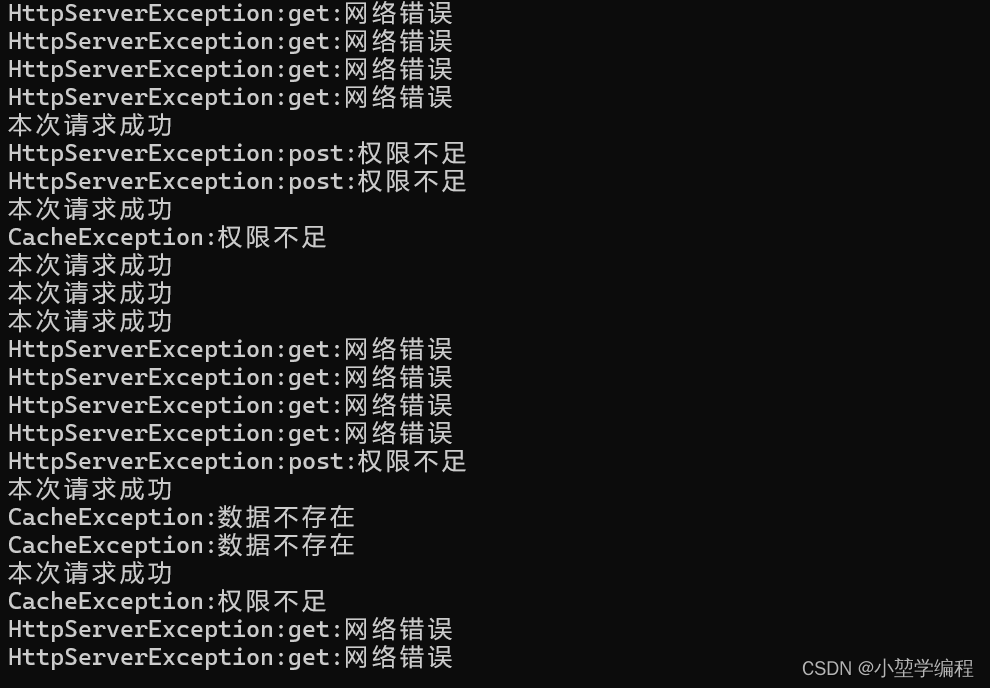
四,异常优缺点
4.1 优点
①异常对象定义好了,相比错误码的方式我们可以清晰准确地显示出错误的各种信息,甚至可以包含堆栈的调用信息,这样可以更好地定位程序地bug
②很多地第三方库都包含异常,比如boost,gtest,gmock等等常用地库,那么我们使用它们的时候也需要使用库
③部分函数使用异常可以更好地处理,比如构造函数没有返回值,不方便使用错误码的方式处理。比如T& operator这样的函数,如果pos越界了只能使用异常或终止程序处理,没办法通过返回值表示错误
4.2 缺点
①异常会使我们的程序执行流乱跳,一旦没使用好就会变得非常混乱,并且是运行时乱跳,所以可能会跳过我们调试的断点,导致我们跟踪调试以及分析程序时,比较困难
②异常会有一些性能的开销。当然现代硬件速度已经很快,现在暂时不考虑
③C++没有java的垃圾回收机制,资源需要自己管理,异常会导致资源泄漏的情况经常发送,还有死锁等安全问题。这个我们到智能指针再说
④C++标准库的异常体系定义得不好,导致大家自定义各自得异常体系,非常混乱
总结:异常总体而言,是利大于弊得,所以工程中我们鼓励使用异常,OO得语言基本都是用异常处理错误,这也是大势所趋。
